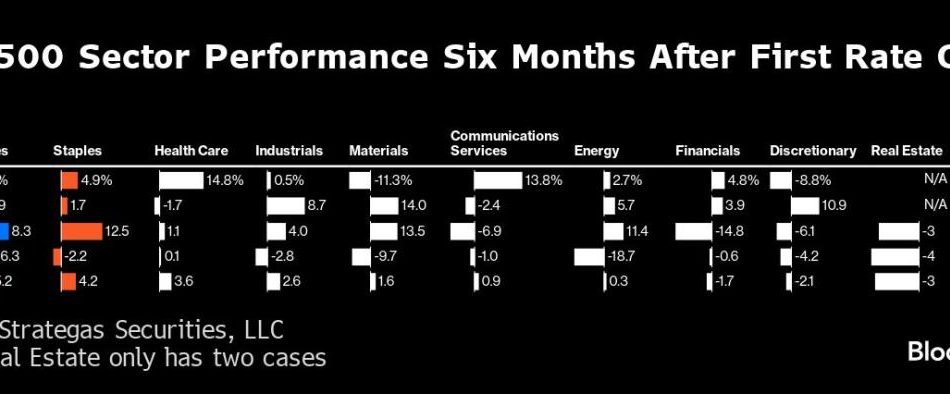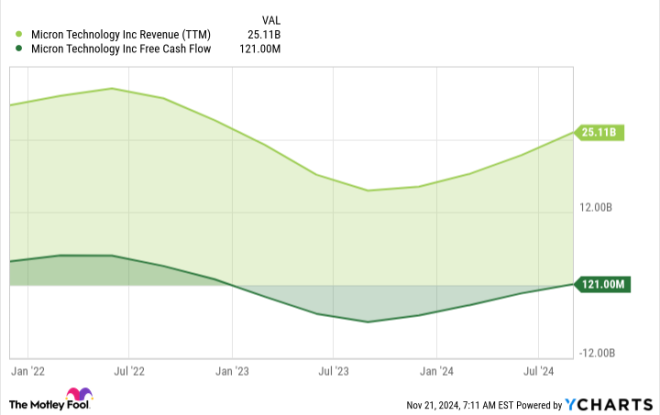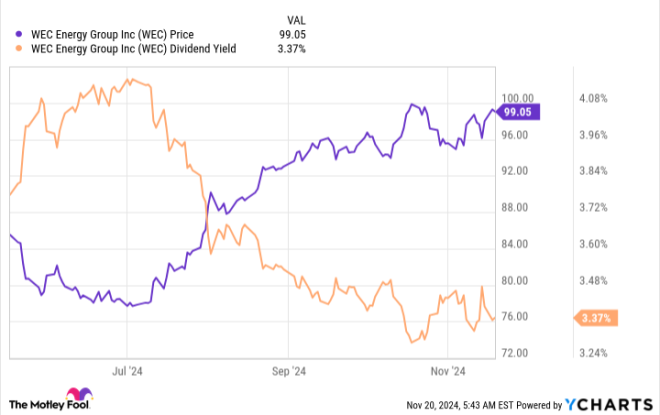Traders Need a New Stock Market Playbook for These Rate Cuts
(Bloomberg) — Wall Street traders have a unique challenge in placing bets on the stock market now that the Federal Reserve has started cutting interest rates: History is no longer a guide.
Most Read from Bloomberg
The classic trading playbook for when rates are coming down is to buy stocks in sectors that are considered defensive in nature because their demand is impervious to economic conditions, like consumer staples and health care. Another popular play is shares of industries that pay big dividends, like utilities.
The reason is the Fed typically lowers borrowing costs to fight off a weakening economy or boost one that’s already sunk into a recession. During those periods, companies in growth industries like technology tend to suffer. But that isn’t happening now.
Rather, the economy is growing, equity indexes are hitting all-time highs, corporate earnings are expected to keep expanding, and the Fed just went big with a half-percentage-point rate cut to kick off its easing cycle. There’s no playbook for this.
“With the Fed opting for a jumbo cutting amid quite loose financial conditions, it’s a clear signal for equity investors to position rather offensively,” said Frank Monkam, senior portfolio manager at Antimo. “The traditional play of defensive stocks, such as buy utilities or consumer staples, could fail to see much traction.”
So where are investment pros looking instead?
Financials are a good place to start, according to Walter Todd, president and chief investment officer at Greenwood Capital Associates LLC. He’s snapping up shares of Bank of America Corp., JPMorgan Chase & Co. and regional banks like PNC Financial Services Group Inc.
“This lowering of rates by the Fed should lower their cost of funding,” he said. “They should have to pay less on deposits than they were two days ago, so that should help their net interest margin.”
David Lefkowitz, head of US equities for UBS Global Wealth Management, also likes financials, as well as pockets within the industrial sector closely tied to a strong economy.
No History
That positioning runs counter to what history would suggest. In four cutting cycles over the past three decades investors chased so-called safety stocks, like utilities, consumer staples and health care, that pay hefty dividends and are popular with income investors when bond yields sink, according to data compiled by Strategas Securities.
Looking six months out from the first rate cut in those four cycles, the best performing sector was utilities, rising 5.2% on average, Strategas data show. And the technology sector was the worst, falling 6.2%, with real estate, consumer discretionary and financials also among the groups that struggled most.
Positioning bullishly overall when the Fed is cutting rates and the economy is holding up is a historically winning play. Since 1970, the S&P 500 Index has risen 21% on average in the year after the first cut in an easing cycle — as long as the economy averted recession, according to data from Bank of America Corp.
What’s more, eight of the last nine easing cycles occurred when profits were decelerating. But profits are expanding now, which favors cyclicals and large-cap value shares, BofA’s head of US equity and quantitative strategy Savita Subramanian wrote in a note to clients on Friday.
“There is no Fed playbook — every easing cycle is different,” Subramanian wrote.
At the moment, it appears investors are plunging back into big-tech stocks and other growth corners of the market. Hedge funds were net buyers of US technology, media and telecommunications stocks at the fastest pace in four months last week, according to Goldman Sachs Group Inc.’s prime brokerage data.
‘Euphoric Consumer’
Meanwhile, others are attracted to stocks that would benefit from increased spending by Americans now that interest rates are falling.
“You’re going to have a euphoric consumer,” said Phil Blancato, chief executive officer at Ladenburg Thalmann Asset Management. “Seeing the cuts come down and seeing an opportunity to go out and get a mortgage will spur spending whether it’s the housing market, the auto market or just year end spending.”
Joe Gilbert, portfolio manager at Integrity Asset Management, sees opportunities in mall operators like Simon Property Group Inc., and within the industrial portion of the real estate sector, including Prologis Inc.
“A lot of these real estate companies have debt that they need to refinance,” Gilbert said. “We think lower rates will definitely help them.”
Utilities have been a popular bet as well, but not because of their dividends. It’s their exposure to artificial intelligence by powering the development of the technology that’s been drawing in investors, according to Mike Bailey, director of research at Fulton Breakefield Broenniman LLC. In fact, utilities have done so well this year, rising 26% as the second-best performing group in the S&P 500, that their valuations may be getting stretched.
“It’s hard to know if we’re front loading all the good news in utilities,” Bailey said. “It feels like we’re probably not going to see another wave of outperformance for those.”
That said, with this wild bull run anything seems possible — at least for now. Investors have shaken off concerns about lofty tech valuations, elevated volatility, US political uncertainty and a slowdown in hiring. Few of Wall Street’s prognosticators predicted the S&P 500 would have eclipsed 5,700 before the end of 2024. Yet, the index enters this week at 5,703 after rising 20% this year on the heels of last year’s 24% gain.
“This was the best-case scenario,” Ladenburg’s Blancato said. “We have an opportunity to probably hit close to 6,000 by the end of the year.”
Most Read from Bloomberg Businessweek
©2024 Bloomberg L.P.





Leave a Reply